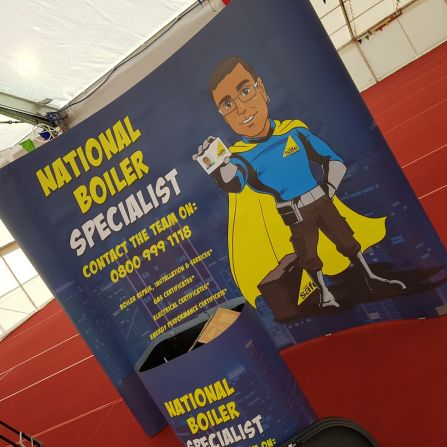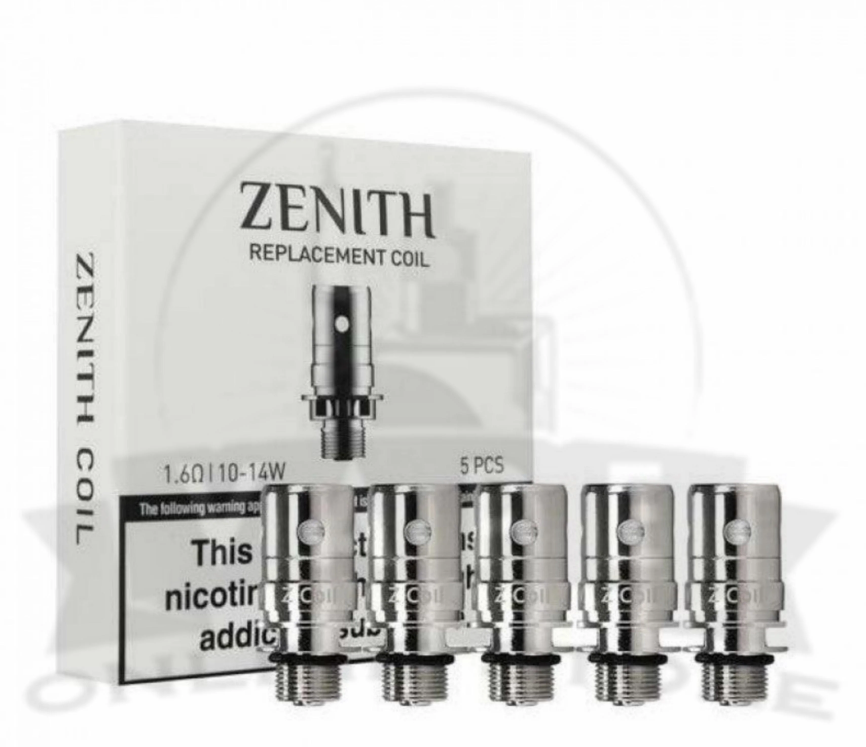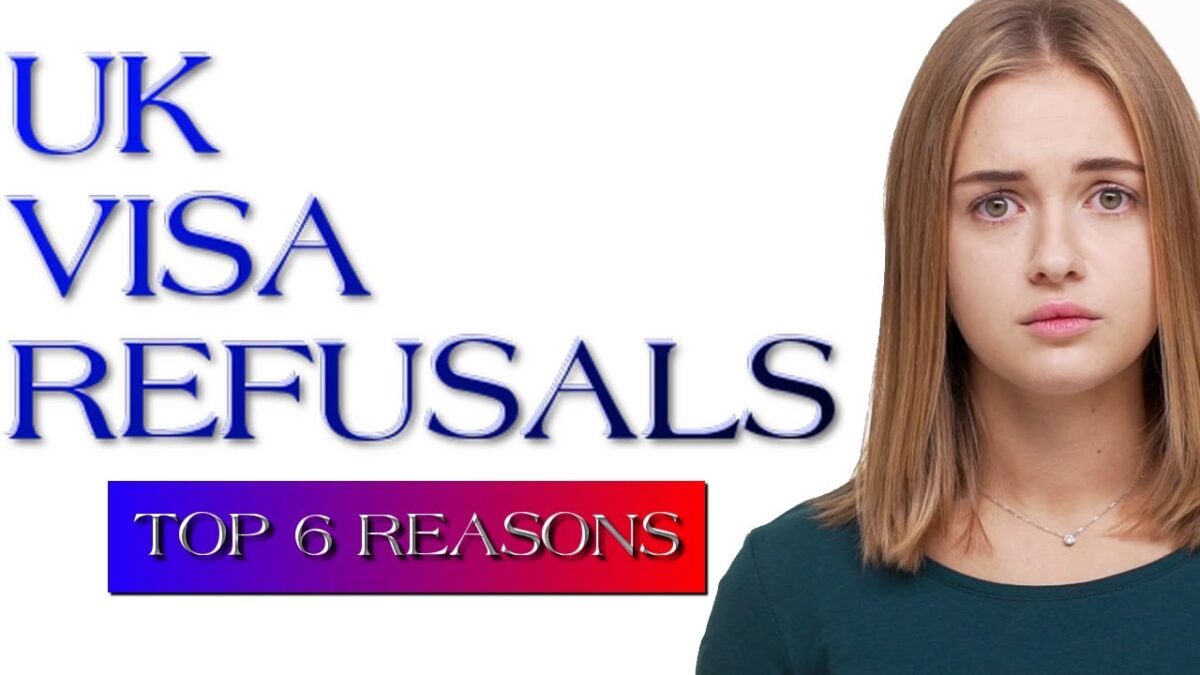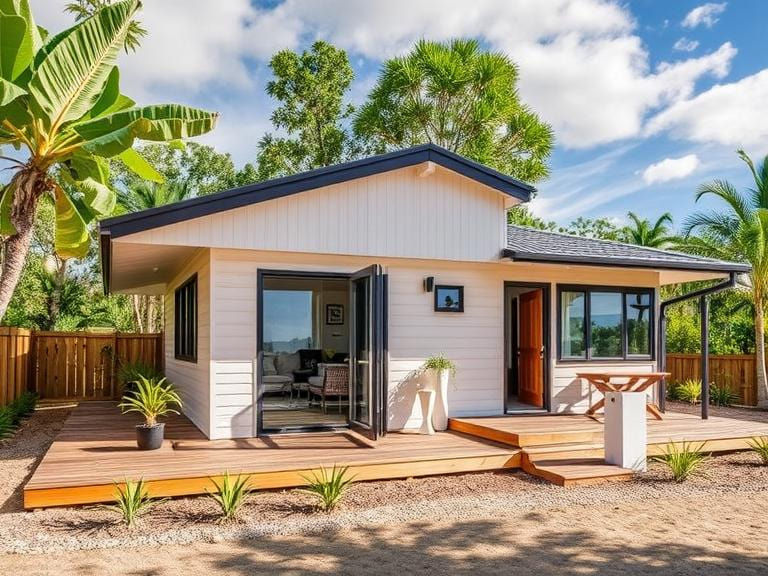Effective Ways to Generate In-store Purchases

In-store retail experiences are about more than just the products on the shelves. With the right strategies in place, businesses can create an environment that encourages purchases, boosts customer engagement, and drives higher sales. Whether you’re managing a small boutique or a larger retail outlet, optimising the in-store experience is essential for increasing sales.
In this blog, we’ll explore some effective ways to generate in-store purchases, with practical tips on enhancing displays, product positioning, and customer interaction. By implementing these strategies, businesses can create a shopping experience that keeps customers coming back.
1. Optimise Product Placement with Shelf Edge Strips
When it comes to retail displays, product placement plays a crucial role in generating in-store purchases. Shelf edge strips are an excellent tool to highlight products, promotions, or pricing information in a way that is easily visible to customers.
Why It Works:
Shelf edge strips serve as a functional way to make key products stand out. Positioned along the edge of shelves, they provide an opportunity to draw attention to high-margin items or time-sensitive deals, driving more impulse purchases.
Actionable Advice:
Use shelf edge strips to display key pricing information, special offers, or product benefits. Consider colour-coding or using eye-catching designs that align with the store’s branding to further engage customers and make the information easier to digest. This simple strategy can increase the visibility of products and attract more customers.
2. Create Clear and Enticing In-store Signage
Clear, well-designed signage is one of the most powerful tools retailers can use to influence customer behaviour. Effective signage not only provides essential information but also encourages customers to make in-store purchases by guiding them through the store and highlighting promotions.
Why It Works:
In a busy retail environment, customers often need guidance to make informed decisions. Well-placed signs can direct customers to sales sections, special promotions, or new arrivals, ensuring they are aware of your best offers.
Actionable Advice:
Use signage strategically throughout the store, such as placing signs above shelving units, near entrances, or at key decision-making points (such as checkout counters). Ensure that the signage is visually appealing, easy to read, and clearly conveys key messages like discounts, special offers, or product benefits.
3. Enhance the Customer Experience with Interactive Displays
Customer engagement is key to driving sales. Offering interactive displays can transform a passive shopping experience into an active one, allowing customers to engage with products in a hands-on manner.

Why It Works:
Interactive displays create a more immersive shopping experience, increasing the time customers spend in-store and the likelihood that they will make a purchase. By allowing customers to touch, test, or virtually experience the product, businesses can make shopping feel more exciting and personalised.
Actionable Advice:
Consider using touchscreens or product demonstrations that allow customers to interact with your merchandise. For example, a cosmetic retailer could set up a virtual mirror where customers can try on makeup virtually, or a tech store might have product stations where customers can test gadgets.
4. Leverage Shelf Wobblers to Create Dynamic Displays
One of the simplest yet most effective tools for encouraging purchases is shelf wobblers. These attention-grabbing devices are designed to move slightly when touched, making them impossible to ignore. A well-placed wobbler can create a sense of urgency, increase product visibility, and drive customer interest.
Why It Works:
The movement of shelf wobblers attracts the eyes of passers-by, particularly when combined with a relevant promotion or seasonal offer. Their dynamic nature ensures that they stand out among static products, drawing attention to your key items.
Actionable Advice:
Place shelf wobblers on end caps or near high-traffic areas to catch the attention of customers walking by. Pair these with promotions or new arrivals to encourage quick purchases. For example, a wobbler featuring a “Limited Time Offer” message can spark a sense of urgency, prompting shoppers to make a purchase before they miss out.
shelf-wobbler
5. Strategically Place High-Impulse Items Near the Checkout
The checkout counter is a prime location for driving last-minute, impulse purchases. By placing high-impulse items like snacks, small accessories, or seasonal merchandise near the counter, retailers can encourage customers to add more to their purchase as they wait to pay.
Why It Works:
Customers often make last-minute decisions as they approach the checkout, especially if items are conveniently placed and easily accessible. By strategically placing products that require little thought or effort to purchase, businesses can increase their average transaction value.
Actionable Advice:
Place low-cost, high-demand products like batteries, phone chargers, or snacks near the checkout. If relevant, consider promoting time-sensitive offers, such as “Buy One, Get One Free” or limited-time discounts, to increase the urgency of these last-minute purchases.
6. Utilise Seasonal Displays and Thematic Themes
Seasonal promotions are an excellent way to increase foot traffic and generate in-store purchases. By creating seasonal displays that align with holidays, events, or current trends, businesses can capitalise on customer emotions and the heightened shopping atmosphere that comes with certain times of the year.
Why It Works:
Customers are more likely to make a purchase when they feel emotionally connected to a display. Seasonal displays can create excitement and a sense of urgency, making it easier for customers to justify making a purchase.
Actionable Advice:
Design seasonal or themed displays that align with holidays, special events, or product launches. For example, create a festive display during Christmas or a back-to-school section during the summer. Be sure to use promotional signage and shelf edge strips to highlight limited-time offers, exclusive products, or new arrivals that align with the theme.
Visual Appeal for Different In-store Layouts
Different retail layouts require distinct strategies to drive in-store purchases. Whether you are operating a small boutique or a large department store, the placement of your products and promotional materials will vary. Below is a comparison of strategies for various store layouts:
| Store Size | Recommended Strategies | Key Tips |
| Small Store | Focus on strategic signage and shelf wobblers to maximise product visibility. | Use vertical space to display more products and create an inviting atmosphere. |
| Medium Store | Combine interactive displays with clear signage to guide customers. | Ensure high-impulse items are placed near the checkout for last-minute additions. |
| Large Store | Create seasonal or thematic zones to drive foot traffic to specific areas. | Optimise traffic flow and ensure key products are positioned near high-traffic areas. |
Conclusion: Transform In-store Sales with VC Print
Generating in-store purchases requires more than just great products it’s about creating an experience that drives customer engagement and encourages impulse buys. By strategically using shelf edge strips, shelf wobblers, and other visual merchandising tools, businesses can optimise their in-store displays to boost sales.
At VC Print, we specialise in providing high-quality, custom retail solutions such as shelf edge strips, display signage, and much more to help elevate the in-store shopping experience. With the right tools and strategies in place, businesses can transform their store environment and maximise in-store purchases.











